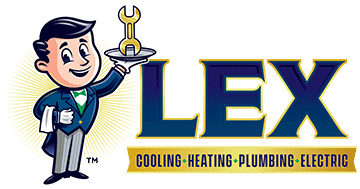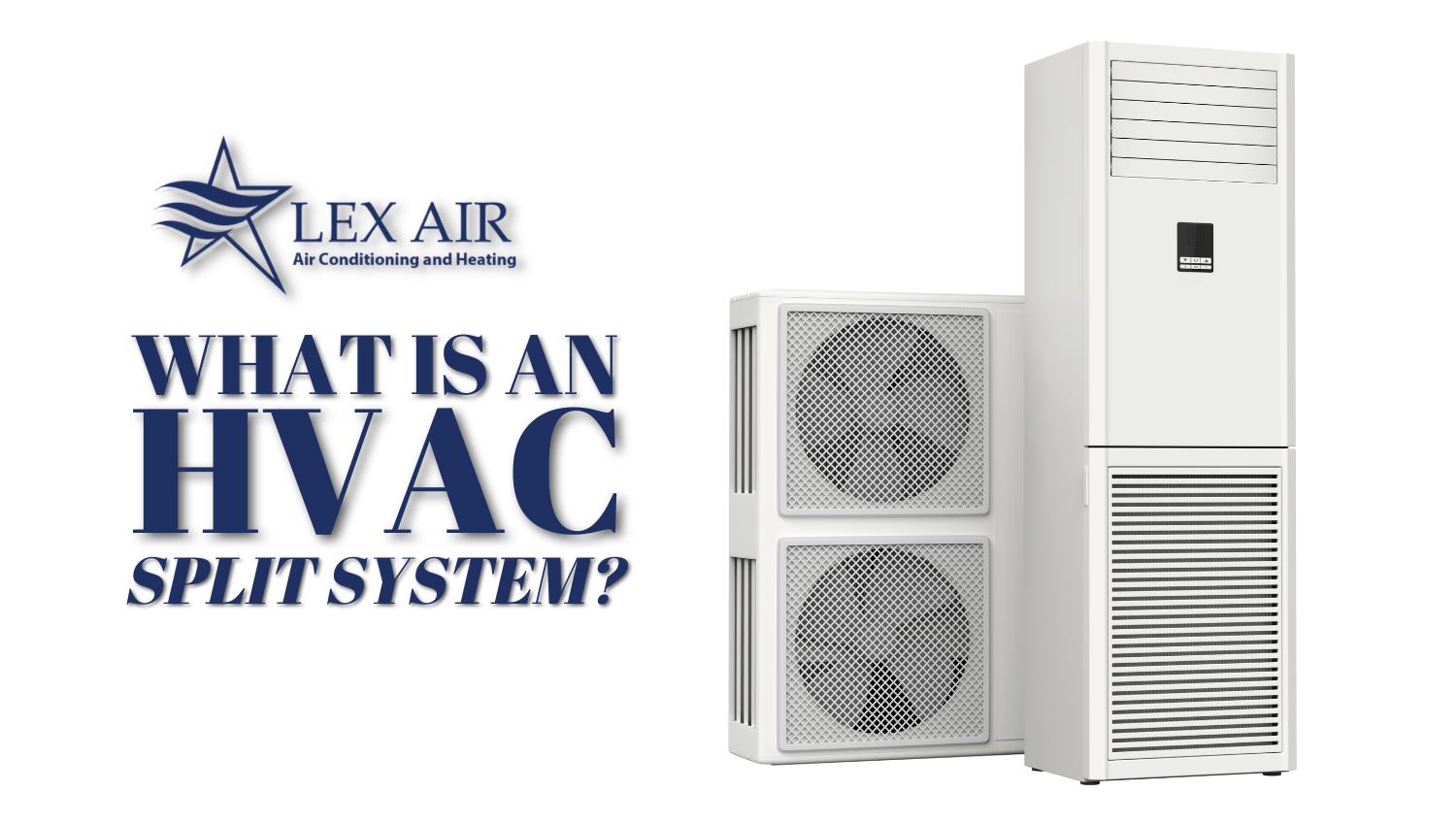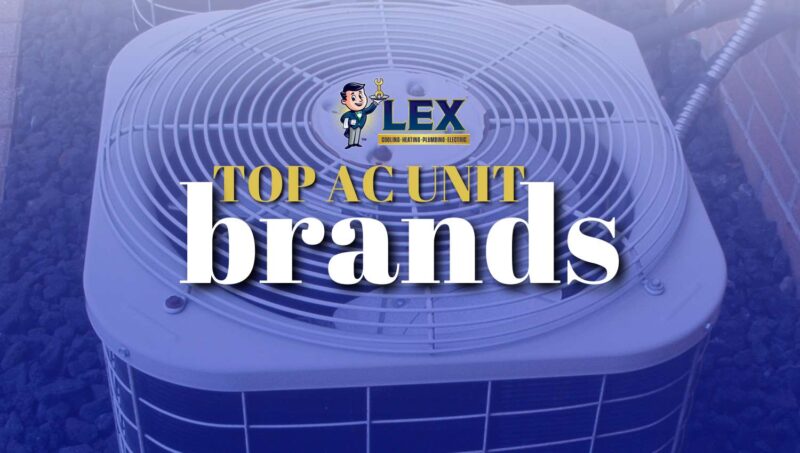Whether you’re sweating under the scorching Texan sun or seeking cozy warmth during the chilly winter nights, Lex Air Conditioning and Heating has the solution to keep your indoor climate just right.
We understand the importance of comfort and energy efficiency, which is why we’re diving deep into HVAC split systems. HVAC split systems have revolutionized how we control indoor temperatures, providing versatile and efficient solutions for homes and businesses throughout Carrollton, TX.
Split System HVAC Unit
Split HVAC systems are highly efficient and versatile climate control systems for cooling and heating purposes. Unlike a central air system, split systems are divided into two main components: indoor and outdoor units.
One of the key advantages of split system HVAC units is their ability to provide precise temperature control and zoning. They can cool or heat specific rooms or zones independently, making them an energy-efficient choice for homeowners and businesses seeking customizable comfort solutions.
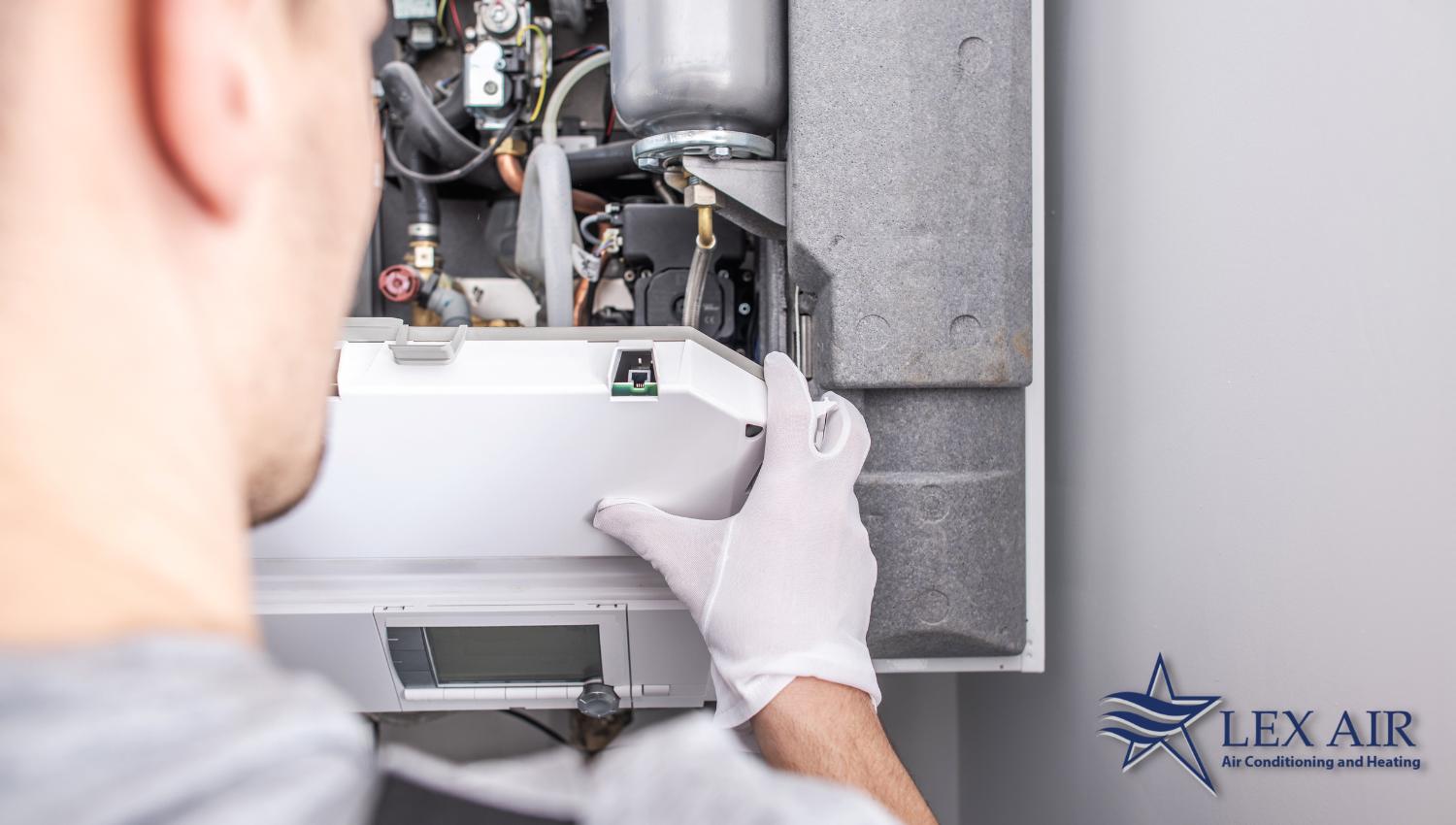
Types of Split Systems
When it comes to HVAC split systems, one size does not fit all. These versatile systems come in various configurations, each tailored to meet specific heating and cooling needs. Below, we’ll take a closer look at the different types of split systems.
From the traditional single-zone systems to the more advanced multi-zone setups, we’ll explore how these systems work, their unique advantages, and which one might be the perfect fit for you.
Air Conditioning System
A split air conditioning system is a popular choice for cooling individual rooms or zones in a home or commercial space. Split system air conditioners consist of two main components: an indoor unit, typically mounted on a wall or ceiling, and an outdoor unit, placed outside the building. These components work in tandem to provide efficient cooling.
The indoor unit contains the evaporator coil, air handler, and a fan, which circulates cool air into the room. The outdoor unit has a compressor and a condenser coil, responsible for releasing heat absorbed from the indoor air into the external environment. This process effectively cools the indoor space.
Heat Pump
A heat pump is an HVAC system that serves a dual purpose by providing heating and cooling for residential and commercial spaces. Heat pump systems have two main components: an indoor and outdoor unit, much like split air conditioning systems.
During the cooling mode, the indoor unit functions as an evaporator, absorbing heat from indoor air and transferring it to the outdoor unit, releasing it into the external environment. In the heating mode, the process is reversed, with the system extracting heat from the outdoor air and transferring it indoors to warm the space.
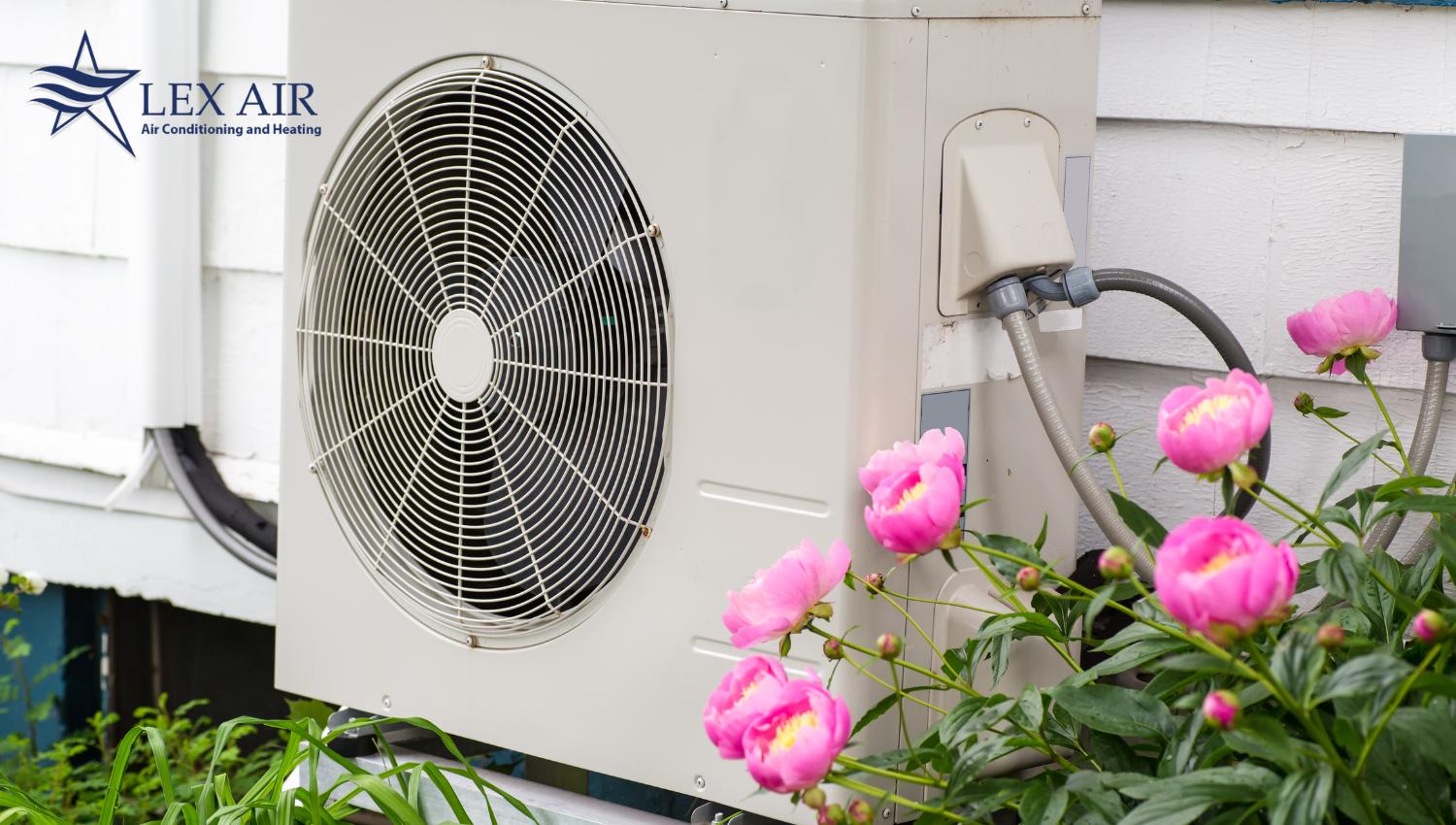
Furnace
In a split HVAC system, the furnace is the heating component responsible for warming the indoor space. Typically located in the system’s indoor unit, the furnace can generate heat using various fuel sources, such as natural gas, propane, or electricity. When the heating mode is activated, the furnace ignites the chosen fuel source or activates electric heating elements to produce heat.
Once the furnace generates heat, a blower fan within the indoor unit circulates the warmed air through a network of ducts and vents, distributing the heat evenly throughout the building. This ensures the indoor environment reaches and maintains a comfortable temperature during colder seasons.
Furnaces in split HVAC systems are known for their efficiency and effectiveness in providing consistent and reliable heating. They are often compatible with other HVAC system components, such as the outdoor condenser unit for cooling, creating a complete climate control solution for year-round comfort.
Ducted and Ductless Systems
Ducted and ductless split systems are two common configurations of split HVAC systems. Ducted split systems, also known as central air conditioning or heating systems, use ductwork to distribute cold air throughout a building. These systems are well-suited for larger spaces or homes with multiple rooms, providing uniform heating or cooling throughout the entire structure. The indoor unit of a ducted system typically consists of a furnace or air handler, which is connected to the outdoor unit (condenser or heat pump) via a ductwork system. The conditioned air is pushed through the ducts and distributed through vents or registers in each room.
Ductless split systems, or mini-split systems, are designed for spaces where traditional ductwork is not practical or cost-effective. They consist of an outdoor condenser unit connected to one or more indoor air handling units. These air handlers are typically mounted on walls or ceilings in individual rooms or zones. Ductless mini-split systems allow for zoned heating and cooling, providing flexibility in temperature control. Each indoor unit can be independently operated, allowing occupants to customize the climate in different areas of the building.
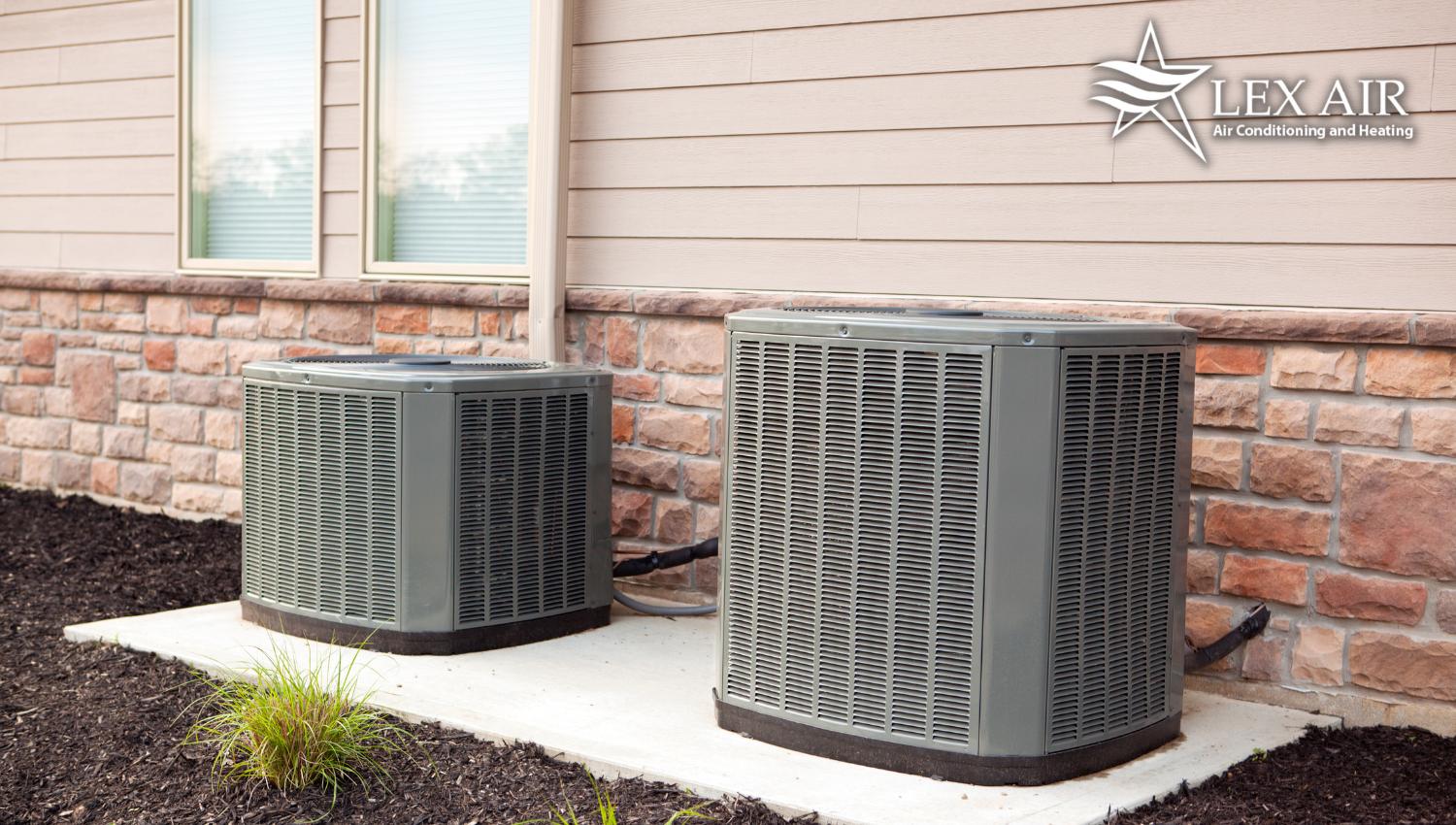
Benefits of a Split System HVAC
An HVAC split system offers numerous benefits, making it a popular choice for your Carrollton, TX heating and cooling needs. Some benefits include:
- Precise Temperature Control: Split systems allow for individualized climate control in different zones or rooms, ensuring comfort for occupants.
- Energy Efficiency: Zoning capabilities and advanced features can save energy and lower electric bills.
- Reduced Noise: Split systems are often quieter than traditional HVAC units, promoting a quieter and more comfortable indoor environment.
- Flexible Installation: Installation is relatively straightforward, especially for ductless variants, minimizing disruption during setup.
- Environmental Friendliness: Many split systems come equipped with energy-saving features, contributing to reduced environmental impact.
- Longevity and Durability: Split systems are reliable and can provide heating and cooling solutions for many years, making them a cost-effective choice.
Cons of Split HVAC Systems
While split system HVACs offer numerous advantages, they do come with some drawbacks that should be considered:
- Initial Cost: The upfront cost of buying and installing a split system HVAC can be higher than other heating and cooling solutions, especially if ductwork is not already in place.
- Installation Complexity: Installing a ducted split system can be complex, particularly in structures without ductwork. This challenge can lead to longer installation times and potential disruptions.
- Weather-Dependent Efficiency: The efficiency of split systems can be influenced by outdoor temperatures, particularly in colder climates. In extreme cold, heat pumps may become less efficient.
- Space Requirements: Outdoor condenser units require adequate outdoor space for installation, which may not be available in all settings.
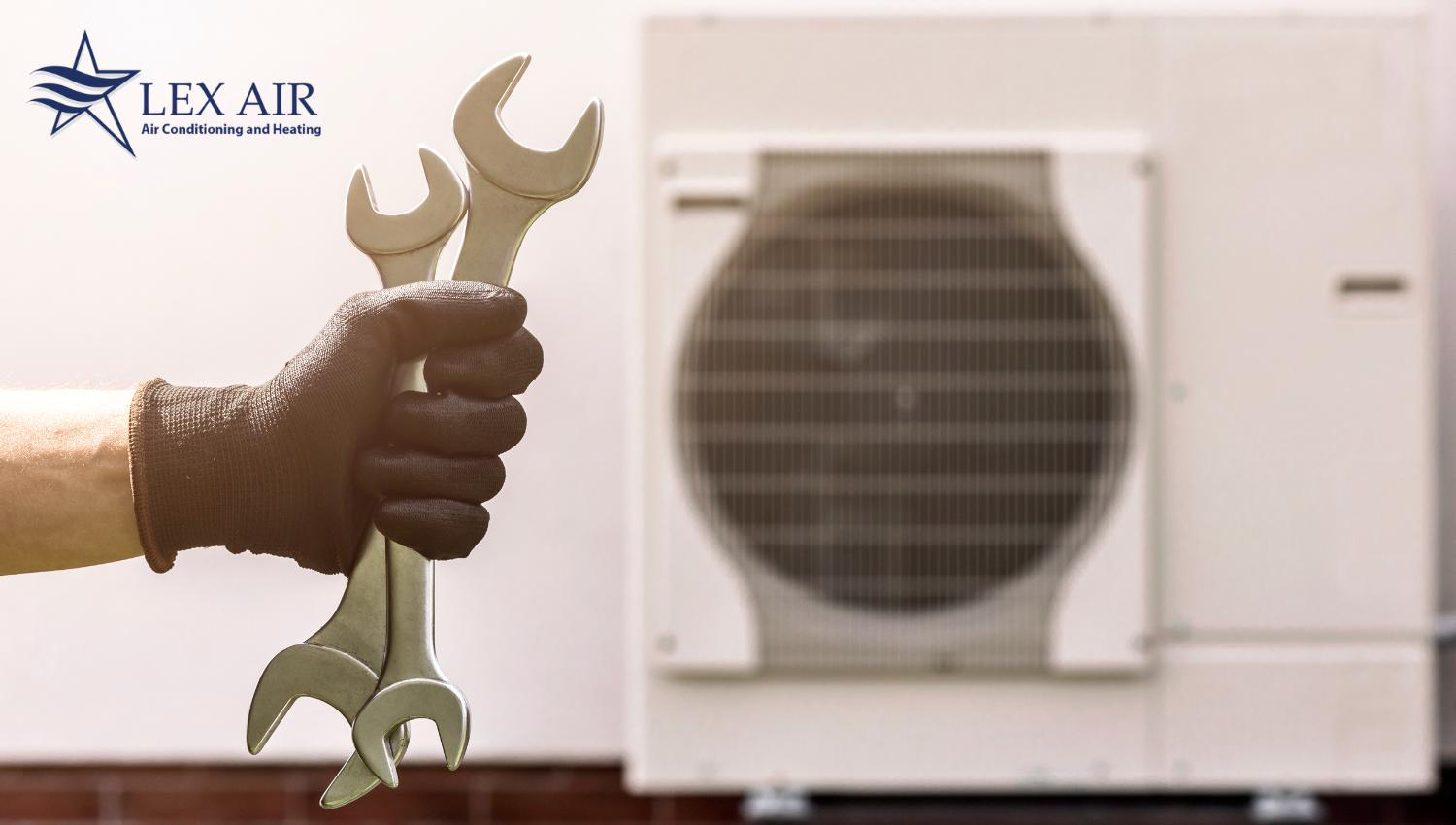
What is the Difference Between a Heat Pump and a Split System?
A heat pump and a split system are related concepts, and they can often be found together in a single HVAC system. However, they serve different functions within that system.
Heat Pumps
- A heat pump is a specific component of an HVAC system responsible for heating and cooling.
- In heating mode, it takes heat from outside or the ground and transfers it indoors to warm the space.
- In cooling mode, it functions like an air conditioner, removing heat from indoors and releasing it outside to cool the space.
- Heat pumps are energy efficient since they move heat rather than generate it, making them a cost-effective choice for moderate climates.
HVAC Split System
- A split system refers to the overall configuration of an HVAC system, which is divided into an indoor and outdoor unit.
- The indoor unit contains air conditioner components like the air handler, evaporator coil, and blower fan. It is responsible for distributing conditioned air inside the building.
- The outdoor unit contains the compressor and condenser coil. Depending on the season, it is responsible for either releasing heat (in cooling mode) or absorbing heat (in heating mode).
- A split system can include various components, such as the furnace (for heating) and the heat pump (for heating and cooling), to provide year-round climate control.
The key difference is that a heat pump is a specific component within an HVAC system that provides heating and cooling functions. In contrast, a split system refers to configuring an HVAC system with separate indoor and outdoor units. A split system can incorporate various heating and cooling components, including a heat pump, to provide comprehensive climate control.

Which is Better: A Split System or a Package Unit System?
Choosing between a split system and a package unit system is a crucial decision that can significantly impact your comfort, energy efficiency, and budget. Each system has its own set of advantages and limitations.
Split System vs. Package Unit
Listed below are some differences between HVAC split systems and package HVAC units.
Split HVAC System
- Includes two separate components (indoor and outdoor)
- Offers precise zoning and temperature control
- Typically more energy-efficient.
- Installation can be complex, especially without existing ductwork
- Requires space for both units
- Customizable with various components like heat pumps or furnaces
HVAC Packaged Unit
- Combines all components into a single outdoor unit
- Limited zoning capabilities, better for smaller spaces
- It may be less energy-efficient compared to split systems
- Easier and less expensive installation, suitable for compact areas
- Requires less space
- Fewer customization options, as all components are bundled together
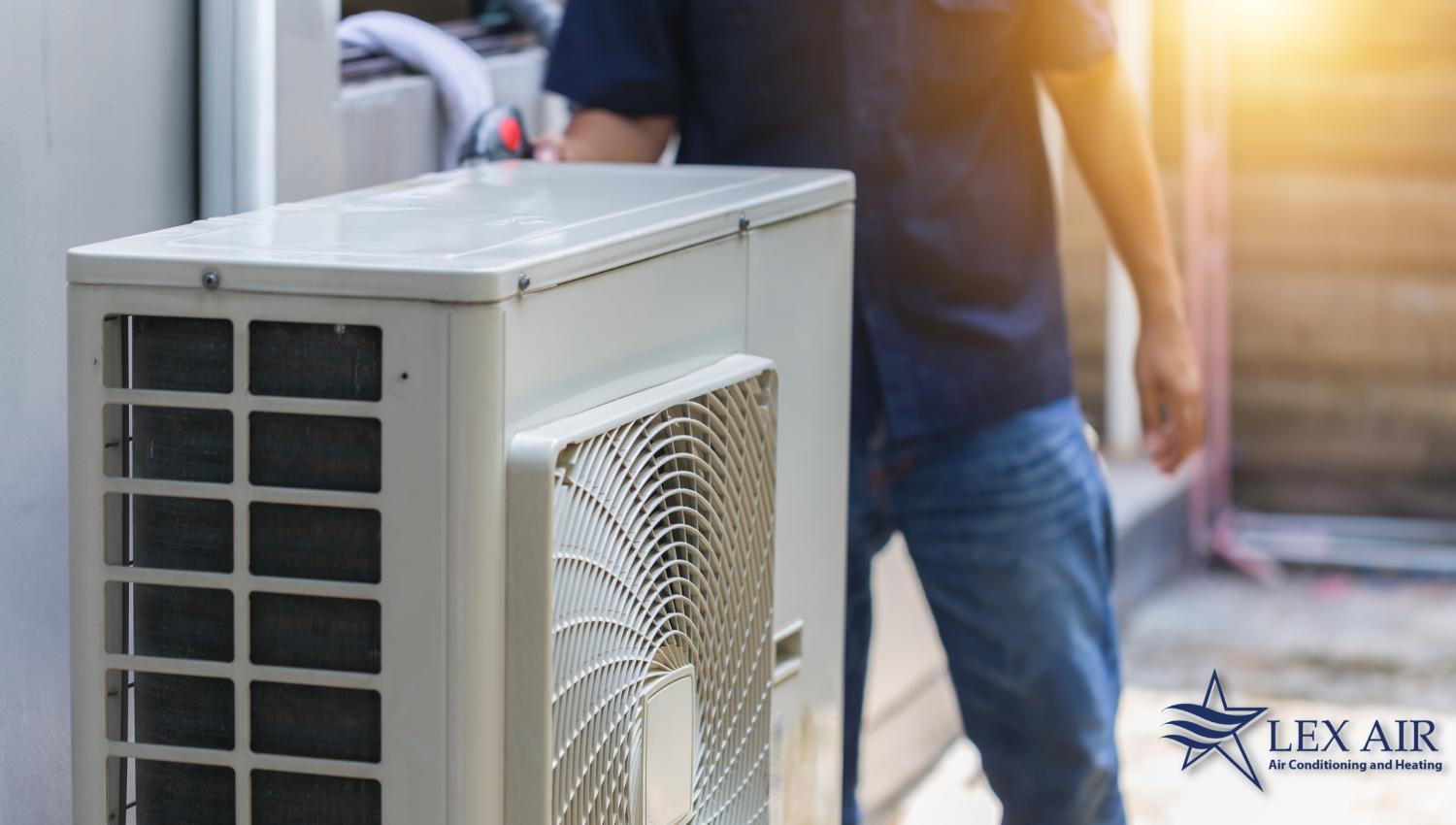
Interested in Installing a Split HVAC System? Reach Out to Lex Air Conditioning and Heating Today!
Lex Air Conditioning and Heating stands as the top choice for Carrollton residents seeking top-notch HVAC split systems. Our experience, quality products, and exceptional customer service ensure that your home or business will stay comfortable and energy-efficient throughout the year. When you choose Lex Air, you’re not just getting an HVAC system; you’re investing in reliable and tailored climate control that will serve you well for the long haul.
To schedule an HVAC split system consultation with one of our experienced technicians, call (972) 217-8955 or contact us online today.
